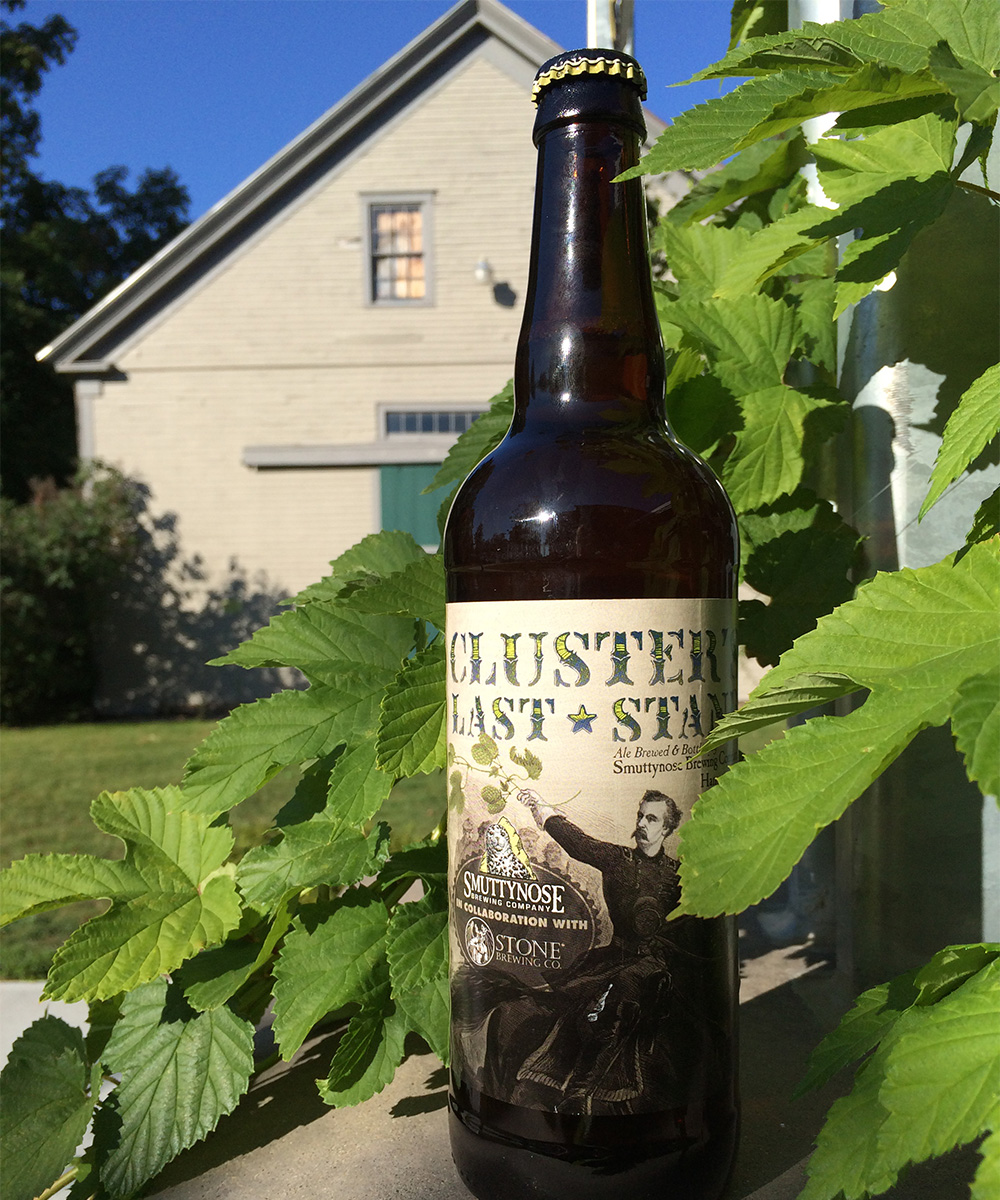Liquid Diet: Smuttynose’s Collaborative Tribute to Ballantine IPA

Photo provided
It’s difficult to imagine a time when the American beer market wasn’t dominated by macro-produced lagers. But that wasn’t always the case. Newark-based P. Ballantine & Sons Brewing Company, once the fourth-largest beer producer in the country prior to Prohibition, was making stouts, porters, barleywines, and even a hoppy IPA as early as 1878.
“Even as a kid I can remember my father’s friends drinking Ballantine,” says David Yarrington, Smuttynose’s director of brewing operations. “It was definitely an anomaly as there weren’t many large breweries still making ales at that point. When the brewery failed in the ’70s, there were still big fans who fondly remembered the fact that they were making interesting, hoppy beer. I don’t know accurately they remembered the specifics, but it was still remarkable because it was this American brewery doing unique work in a landscape of light lagers.”
Legendary beer writer Michael Jackson waxed poetic about Ballantine’s IPA, brewed to a pungent 62 IBUs, and the beer has achieved an exaggerated prominence since its demise. Now thanks to Smuttynose, Stone Brewing’s Mitch Steele and Greg Koch, and Tributary Brewing Company‘s Tod Mott (formerly of Portsmouth Brewery), craft beer fans can taste that long deceased forebear.
Smuttynose recently released a 500-barrel batch of Cluster’s Last Stand, a “right-after-Prohibition Ballantine IPA,” based on a salvaged recipe Steele came across researching his 2012 book, IPA: Brewing Techniques, Recipes, and the Evolution of India Pale Ale.
“We actually did a different collaborative project between Mitch, myself, and Tod Mott down at the Portsmouth brewery,” Yarrington says. “Then after the release of Mitch’s book, we decided to get back together and take the collaboration to a larger scale. We somehow settled upon working on a Ballantine ale because it had been so long since that beer had been brewed. We released a small batch of Cluster’s Last Stand—about 30 barrels—in 2013. The reception was so good we decided to do a larger release. The plan was to do it almost immediately afterward, but it came at a time when we were transitioning into the new facility [at Towle Farm] and everything got put on hold, until now.”
Cluster’s Last Stand incorporates four types of malt and several variety of antiquated hops such as Brewer’s Gold and East Kent Golding for flavoring, Bullion in the dry hop stage, and of course, Cluster hops for bittering.
“We all started brewing in the early ’90s when Clusters and Bullions were two of the five hops you had to work with,” Yarrington says. “Now there’s all these trendy, really hard-to-get hops that everyone’s clamoring for. We thought, ‘What a shame that all these beautiful hops have been sort of kicked to the side.’ Nobody uses Cluster anymore, but at one point that was the dominant variety grown here in North America. I was honestly surprised we could even find them to make this beer.”
The 540 barrels brewed of Cluster’s Last Stand was split between 22-ounce bomber bottles and kegs, most of which will stay in New England. Yarrington says that Smuttynose and Stone have talked about brewing the beer again in 2015, but are waiting to gauge the public’s reaction to this year’s batch.
“Just in terms of brewing a historical style and using these old school hops, I’d love to see people willing to buy it, so we’d have the ability to brew it again,” Yarrington says. “But craft beer drinkers are a fickle lot. I’m one of them, so I get it. But it can be difficult.”

